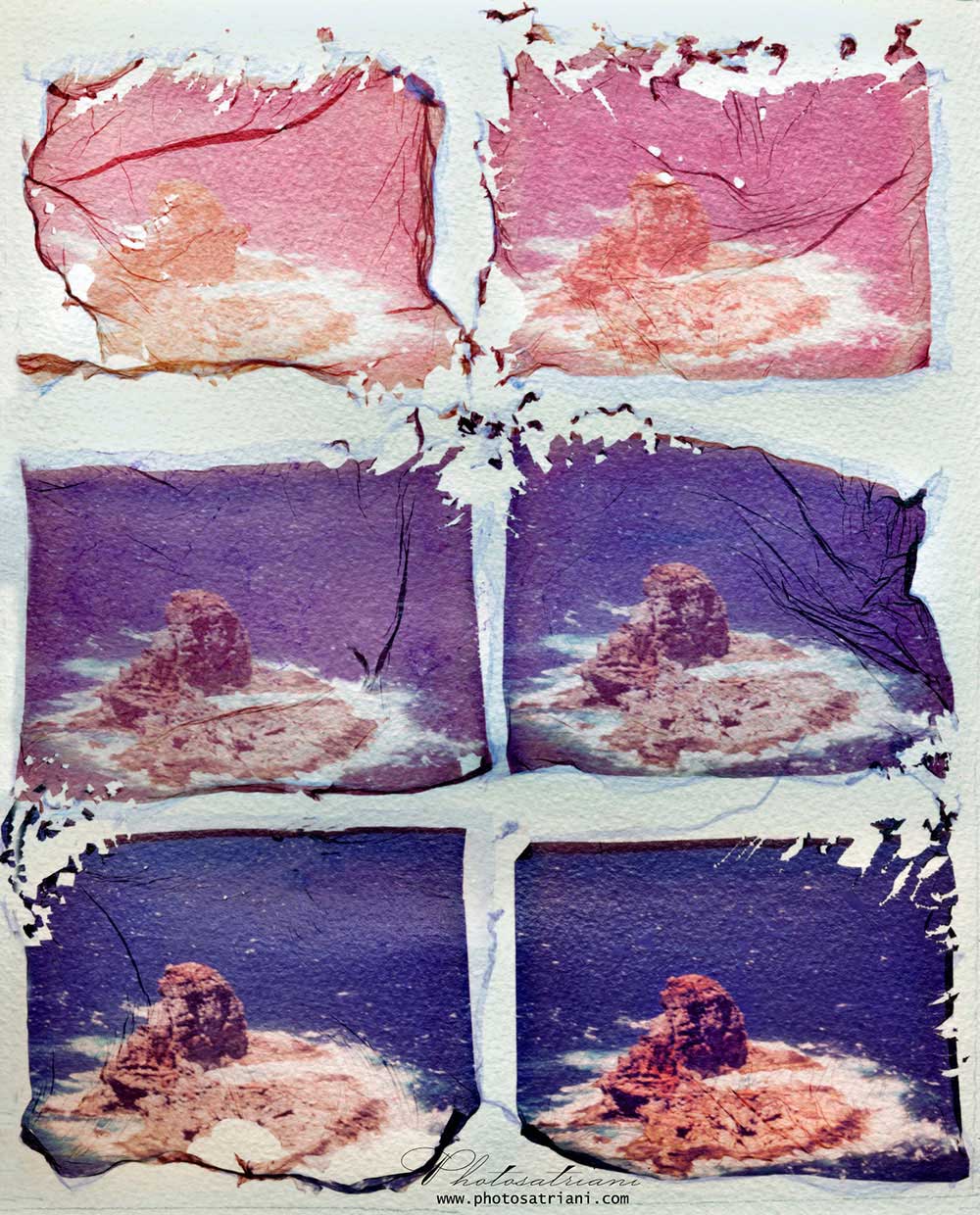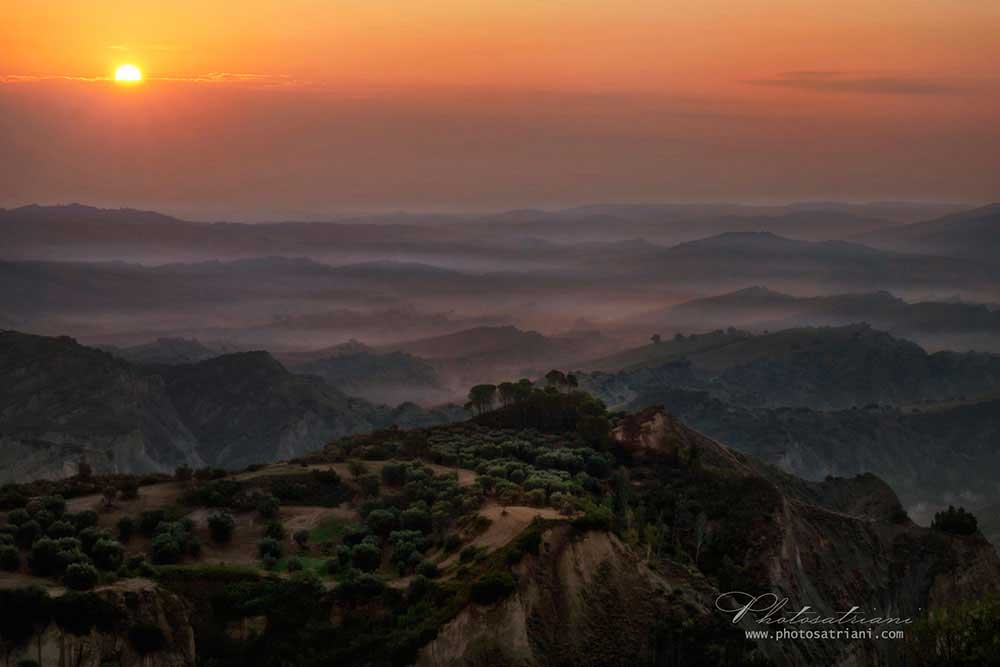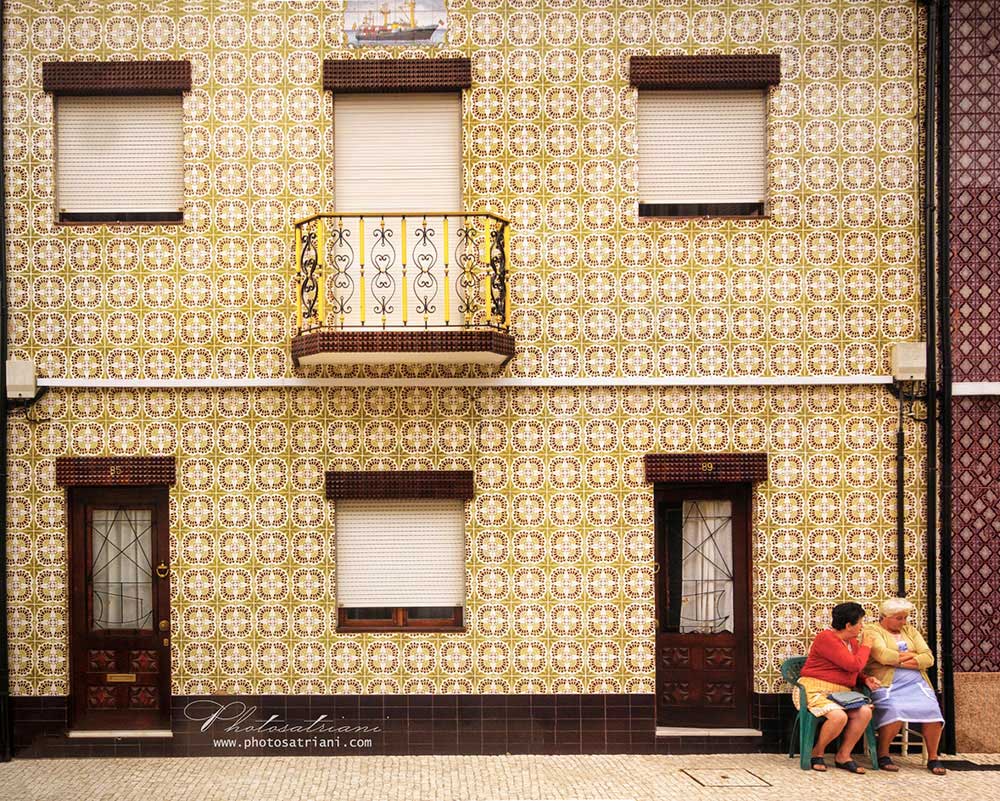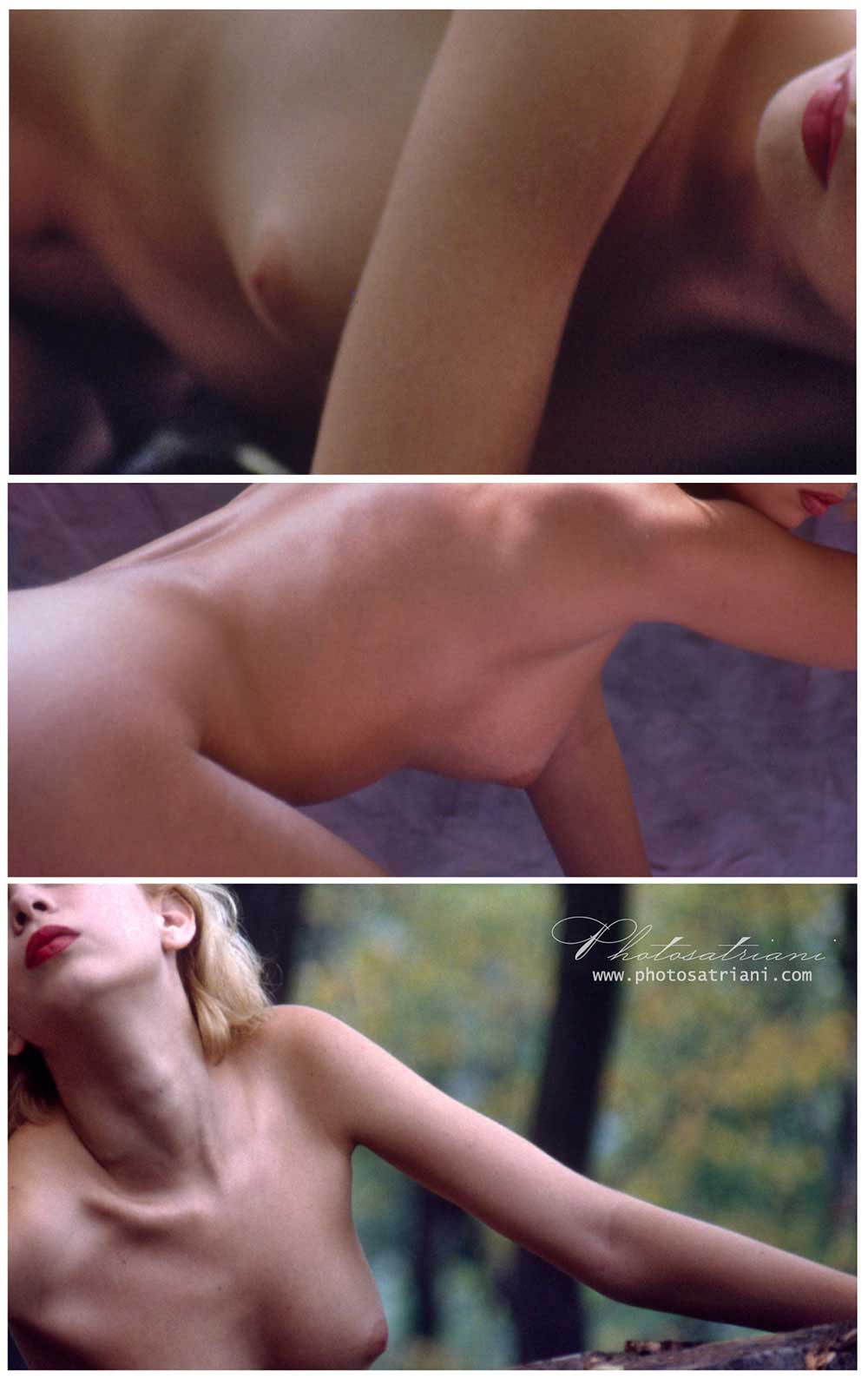We have to doubt a lot, always, more and more often. Do not take anything for granted; we must not hang on to questions, waiting for others to give us an answer; we must always seek our own answer.
In a context in which nothing remains, and everything moves, it is important to have references. For someone like me who uses photography as a means of expression, the doubt and the nostalgia for light are my focus and reference.
An archipelago
I’m here to talk to you about me and an archipelago of wonderful islands that apparently seem independent, but which are instead the visible crest of the same mountain range, which should constitute the backbone of every person who expresses himself through art.
The origins and the path
The first island of our archipelago is always the origins or if we want to say it in another way, our roots, the places that have seen us live and that irremediably shaped us. The sea that surrounds this island constitutes the set of possible routes to take, that is, the space in which reality and possibility come together. Each distant port can be seen as the end or the beginning of a project… my first island is called Basilicata. Difficult land, full of mountains and not very generous with those who cultivate it; land of beauties that are revealed only to those who know how to look for them. My first island is for the explorers of life; we often return to our roots because this is way to feel nostalgia, get rid of doubts and fears, and to meet again our own life.
The second island of our archipelago is the geographical path but also the social one and the set of actions that brought us to the present. I left Basilicata when I was nineteen and went to study in Pisa; from there I went to work in Ivrea and then I moved to Bilbao. Graduated in computer science, at Olivetti I learned how to apply computer science into reality, and then became a consultant to help others not make the same mistakes. I have been a coolhunter (or cult searcher), I have won poetry contests, I have always written a lot, for my pleasure or because others asked me to do it. Since I was a boy, photography has been my creative outlet and my refuge when work and social responsibilities overwhelmed me. My photographic story is quite silent publicly but personally very rich and studded with some great satisfactions. On this journey I encountered envy, encouragement, fatalism, misunderstandings, empathy and above all wonderful and generous people; I was able to meet artists of great caliber and a bond of friendship was created with some of them.
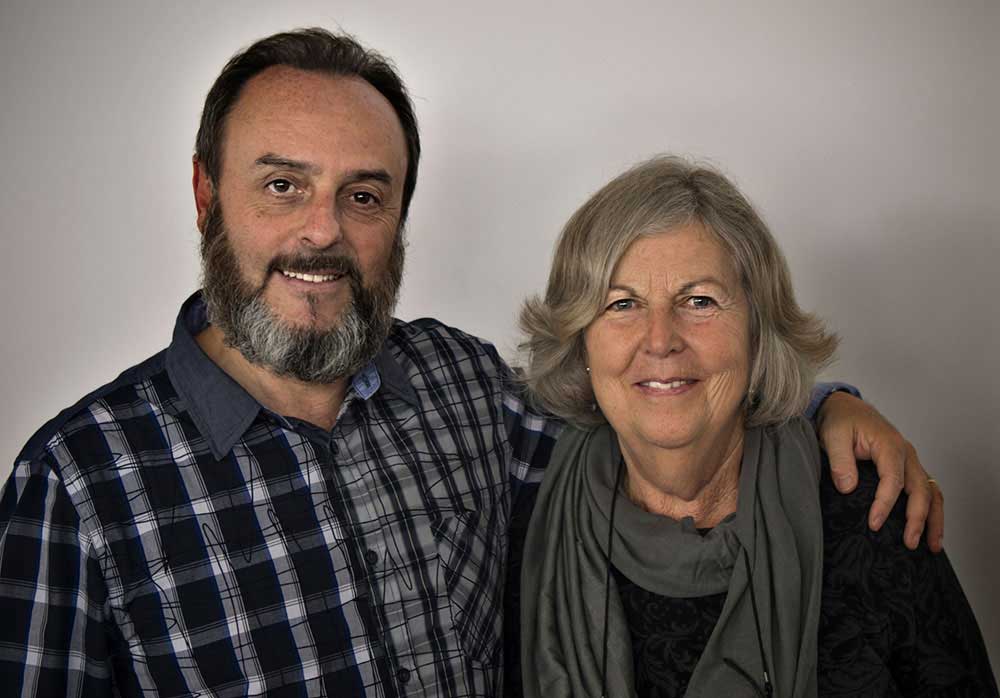
The art of knowing how to see (the third island)
Seeing seems like a simple operation: we open our eyes and the images enter us; but knowing how to see, means selecting information, choosing a point of view, giving a perspective, this is all another question. To be able to do this, it is necessary to educate the gaze (and not just the gaze!), season it with a positive attitude, with curiosity and enthusiasm.
Seeing in German has to do with the word “perceive” and perception always involves a strong participation of the “EGO” and this transforms a passive act into a strongly active and also emotional act.
Knowing how to see is also influenced by the general attitude we have towards life: looking with attention, curiosity and enthusiasm at everything that happens to us certainly helps to develop our ability to see. The core of any photographic work is always a passionate gaze that looks through a viewfinder; surely this is never the end of the photographic work, but it is always the beginning!
However, how is the gaze educated?
- one way can be to read poetry to learn to see the little everyday things with eyes that reveal the invisible and that everyday life hides.
- another way is to have the courage to approach the subject; this means forgetting who we are, putting aside reasoning and self, taking risks and possibly being inconsistent. All this allows you to “enter” in what we are seeing, and this increases the possibility of creating something personal.
- sometimes I take photographic exits with a single fixed lens to force myself to see things through a limited medium … this develops the ability to see through interpretation and not through equipment.
- another way is to mentally construct images or situations to anticipate time; in this way, if and when the situation or image presents itself, we recognize it, we already know what to do and even have the time to calmly savor the details.
- Roland Barthes said that “sometimes to see well, it is better to close the eyes and let the image speaks in silence”; I sometimes take pictures blindfolded.
- selecting a portfolio of 6-8 images from a collection of 30-40, improves the ability to see. This process obliges us to be very strict with the images and sets in motion a process that makes aesthetics and conceptual capacity work simultaneously. If everything is accompanied by listening to music and by applying what Thomas Struth suggests: “The images always work together, even if apparently you don’t see a sequence that links them. Images are like musical notes: to create music, you have to put them together in some way.”, rhythm and harmony are combined with aesthetics and conceptual capacity.
Creative intelligence (the fourth island)
When someone says: “I didn’t see it, I didn’t notice it”, I get goosebumps; it seems to me a tragic affirmation that reveals a strong need for help. There is a superficial gaze, which sees nothing; a contemptuous gaze, which despises what it sees; an abstract look that reduces the infinite variety of reality to a banal scheme: the people, the street, the traffic, the shops… Creative intelligence is the most important tool to feed the baggage of our memory. If memory is poor, reality will also be poor, because we create through memory. To have imagination and creativity, you need to have a lot of memory that you need to stimulate, developing connections to be constantly renewed. Creative intelligence takes advantage of what it sees to make plans and sees possibilities in things. Reality is always made up of doubt and what our senses perceive, to which are added the possibilities that a creative intelligence finds in it. However, there is no creativity without effort; creativity is a state of being, an habit; to get to this state, we have to work on it!. In psychology there are some magical numbers and one of these is 10.000, which corresponds to the number of hours that must be devoted to an activity before being able to say that it is dominated … ten thousand hours … and a lot, a lot of nostalgia for the light!
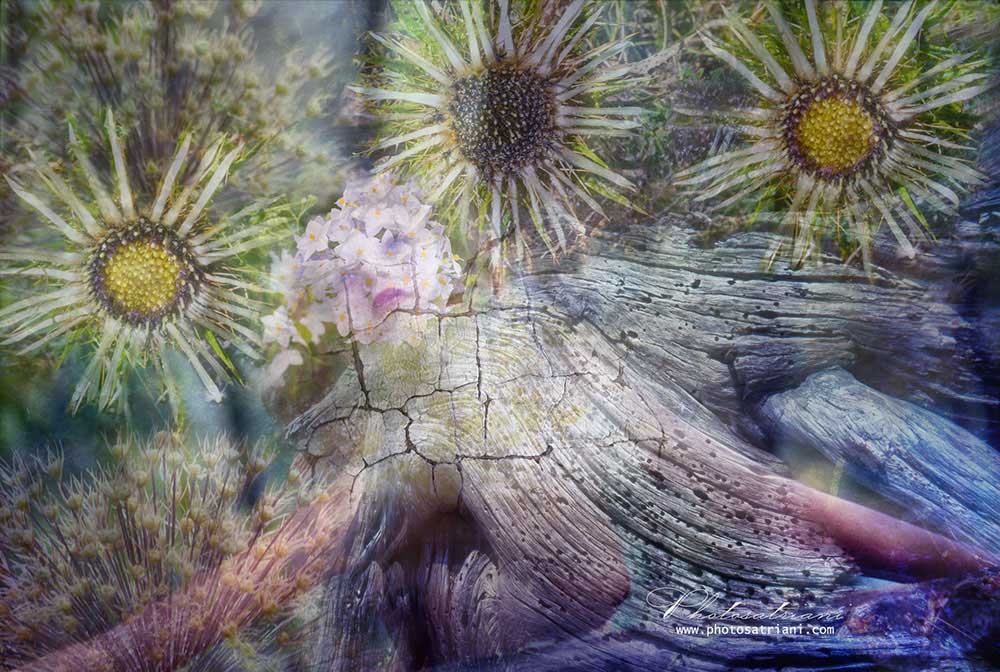
What do you take home
In order to convey emotions through our images, it is above all important to live, to become imbued with life, to be curious, to use doubt as a daily approach, to acquire the wisdom of time, according to which speed is not always the optimal solution. A phrase that unfortunately I hear more and more often among young people: “Why do I have to learn something if I can find it?” … it’s horrible! Our ability to doubt and to select what is important, that which deserves the attention of our creative intelligence, is obtained starting from what we have learned and know (our experience).
Dostoevskji already reminded us: “beauty will save the world”. I am sure that the future will belong to the artists because they are those who potentially have the greatest possibilities to seek unusual syntheses and to create starting from the contrast, from the permanent conflict between the desired and the possible and from precariousness; all of these elements are, and even more will be, the constants in the near future of all of us. Doubt and nostalgia for light.
Photosatriani
I am a curious of life with idealistic tendencies and a fighter. I believe that shadows are the necessary contrast to enhance the light. I am a lover of nature, of silence and of the inner beauty. The history of my visual creations is quite silent publicly but very rich personally, illuminated by a series of satisfactions and recognitions, such as: gold and silver winner in MUSE Awards 2023; Commended and Highly Commended in IGPOTY 2022/19/18, honorable mention in Pollux Award 2019; selected for Descubrimientos PhotoEspaña (2014), Photosaloon in Torino Fotografia (1995) and in VIPHOTO (2014). Winner of Fotonostrum AI Visual Awards 2024. Group exhibitions in: Atlántica Colectivas FotoNoviembre 2015/13; selected for the Popular Participation section GetxoPhoto 2022/20/15. Exhibitions in ”PhotoVernissage (San Petersburgo, 2012); DeARTE 2012/13 (Medinaceli); Taverna de los Mundos (Bilbao); selected works in ArtDoc, Dodho, 1X. A set of my images belongs to the funds of Tecnalia company in Bilbao, to the collection of the "Isla de Tenerife" Photography Center and to the Medicos sin Fronteras collection in Madrid. Collaborator and interviewer for Dodho platform and in Sineresi magazine [Website]



